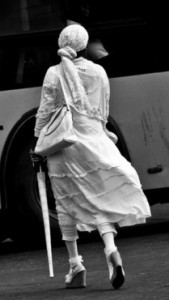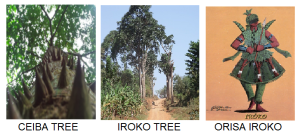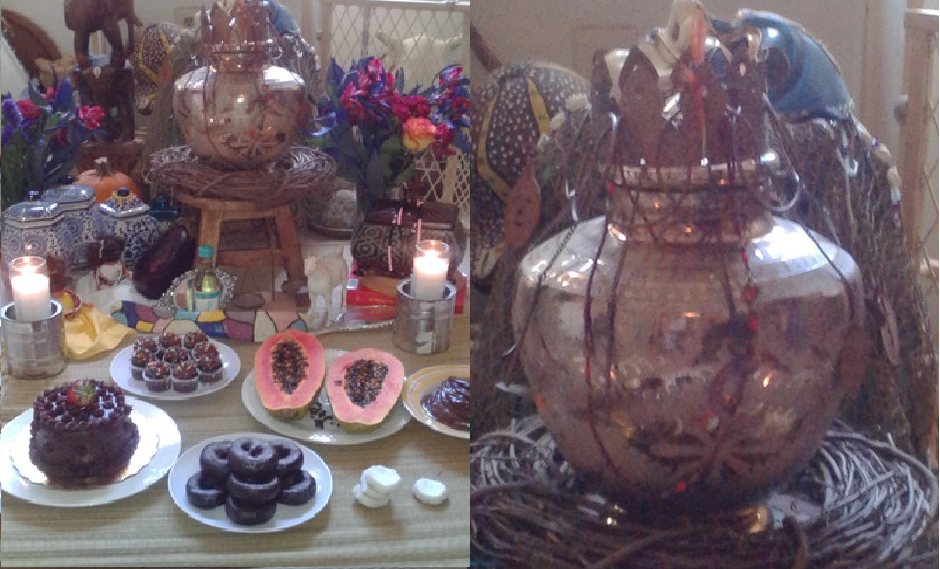aboru aboye abosise,
This is a great story about OLOKUN from Ofun Meji (Ọrangun Meji):
Òfún MEJI is the 10th ODU in cowries and the 16th in order of Ifa system, where it is known by the same name. In Ifa is known by fon (Jêje) as “FU Mejias ‘or’ Ofu MEJI”. The nagôs the also called “Lagin MEJI”. “Lagun” meaning mystery. “OLOGBÔ” (mysterious and evil for having committed incest “lo”), “OGI Ofu” for euphony. “Hekpa” or “Baba Hekpa” for eufemia (prayer, prayer). In Yoruba, “fun” means giving, giving. “Funfun” means white and this Odu is this color, while “ofu” means loss, damage. The word “fu” conveys the idea of blowing clean as when it blows an object or any surface to remove dust there deposited.
:
IRE (Positive), Òfún can point: acquisition, wealth, longevity, increased material resources. Increased energy physical and spiritual, credibility, security, success.
Osogbo/IBI (negative), this indicates ODU: greed, obsession accumulate wealth, betrayal, demoralization, loss of public respect.
In this Odu speak the following deities:
Orisas Nagô: Obatala, Oduduwa, Osun, Esu, Egún, Ancestors, Iroko, KPOSÚ (Talk all FUNFUN).
Voduns Jêje: Lisa Mawu, Gun, Elegbara, Iroko, Hoho, Sakpata, HEVIOSO, XU-Loko and KPO-Vodun.
STORY:
Ifa nla la nla fi gbafa nla n la, oogun nla nla laa figba oogun la nla. Ẹgbasere laa fi tanran Sere. Igba ta a ba ri Sere mọ, emi la fi tanran ẹ gba a, a difa fun Olokun nijọ ti ẹri gbogbo n ba ṣọta.
TRANSLATION:
[Powerful ifa must be used to resolve serious issues, a powerful medicine must be used to counter another powerful medicine. A fortune must be used to resolve Sere’s issue. What if we have no money, how will we resolve it? cast Ifa for Olokun when all of the bodies of water became her enemies.]
All of the other bodies of water made Olokun their enemy. No matter what Olokun did, they would always find fault with it. They would not accept Olokun at all. She put two and two together and realized that she should go to see a babalawo. He said she could escape from the trouble in which she currently found herself, from all of those who had become her enemies. He cast Ifa about it. Ọrunmila told her, she could escape from the situation about which she was consulting Ifa. She would defeat all of her enemies and rule over all of them. That is what Ọrunmila’s divination revealed, and Olokun said it was so. Ọrunmila said she should offer a sacrifice of four female goats who have already had kids, lots of clothes, and lots of money and kola nuts. Ifa said once she had made a sacrifice with all of these, she would rule over all those who had become her enemies.
Olokun offered the sacrifice and did everything required of her. She danced and rejoiced. When her victory was complete, all of the other bodies of water came to her and said, “Ah Olokun, please, we are not your enemies anymore. Please forgive us!” All of them came begging for forgiveness. They came before her, every one of the rivers gathered there. They begged olokun for forgiveness. Olokun said she was not angry with them. She said she was not angry at all. She said, “All of you were angry with me. You were the ones who were fighting me, you were the ones who made an enemy out of me.” She was not angry. She praised the babalawo, and they in turn praised Ifa. She said, yes, my babalawo told me so, he said it would be so.
Ifa nla la nla fi gbafa nla n la, oogun nla nla laa figba oogun la nla. Ẹgbasere laa fi tanran Sere. Igba ta a ba ri Sere mọ, emi la fi tanran ẹ gba a, a difa fun Olokun nijọ ti ẹri gbogbo n ba ṣọta.
O ṣe bọwọ fun Olokun, omi mo gbọ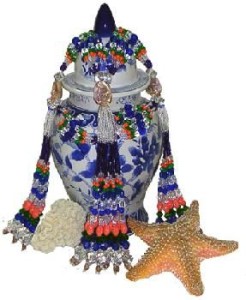
Ẹ bọwọ fun Olokun.
Olokun lagba omi.
Olokun lagba omi, Olokun lagba omi.
Ẹri gbogbo, ẹri gbogbo ẹ bọwọ fun Olokun.
Olokun lagba omi.
Olokun lagba omi, Olokun lagba omi.
Ẹri gbogbo ẹ bọwọ fun Olokun.
Olokun lagba omi.
TRANSLATION:
[Powerful Ifa must be used to resolve serious issues, a powerful medicine must be used to counter another powerful medicine. A fortune must be used to resolve Sere’s issue. What if we have no money, how will we resolve it? cast Ifa for Olokun when all of the bodies of water became her enemies.
O water, respect Olokun
Show respect for Olokun
Olokun is the ruler of all waters
Olokun is the ruler of all waters
Olokun is the ruler of all waters
All waters, all waters, respect Olokun
Olokun is the head of all waters
Olokun is the head of all waters
Olokun is the head of all waters
All waters, show respect for Olokun
Olokun is the ruler of all waters.]
That is how Olokun [the ocean] became the leader of all bodies of water up until today. She is the ruler of all water. From that time, rivers submitted to her. She became their ruler. Ifa says this person should offer a sacrifice. (S)He will become the boss of all those who made an enemy of him/her. They will accept him/her as their leader. If this person wants to be a politician, or wants to occupy a certain position, Ifa says (s)he should offer a sacrifice. All of the people those conspiring against him, Ifa says (s)he will defeat all of them and become their boss. Yes, Ifa says so. If (s)he wants to be a governor, or a senator, or representative in the House of Reps, Ifa says (s)he will defeat them. Yes, this is what Ifa says in Ọrangun Meji.
reference Online Harvard library
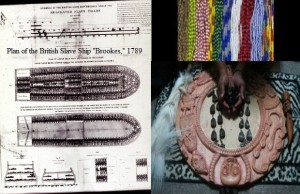
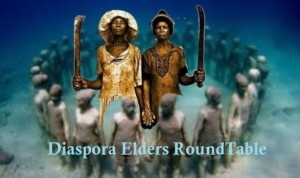
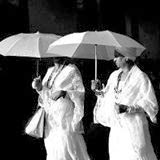 AMERICAN IFA CONCEPT ON WEARING WHITE CLOTHES FOR A YEAR
AMERICAN IFA CONCEPT ON WEARING WHITE CLOTHES FOR A YEAR